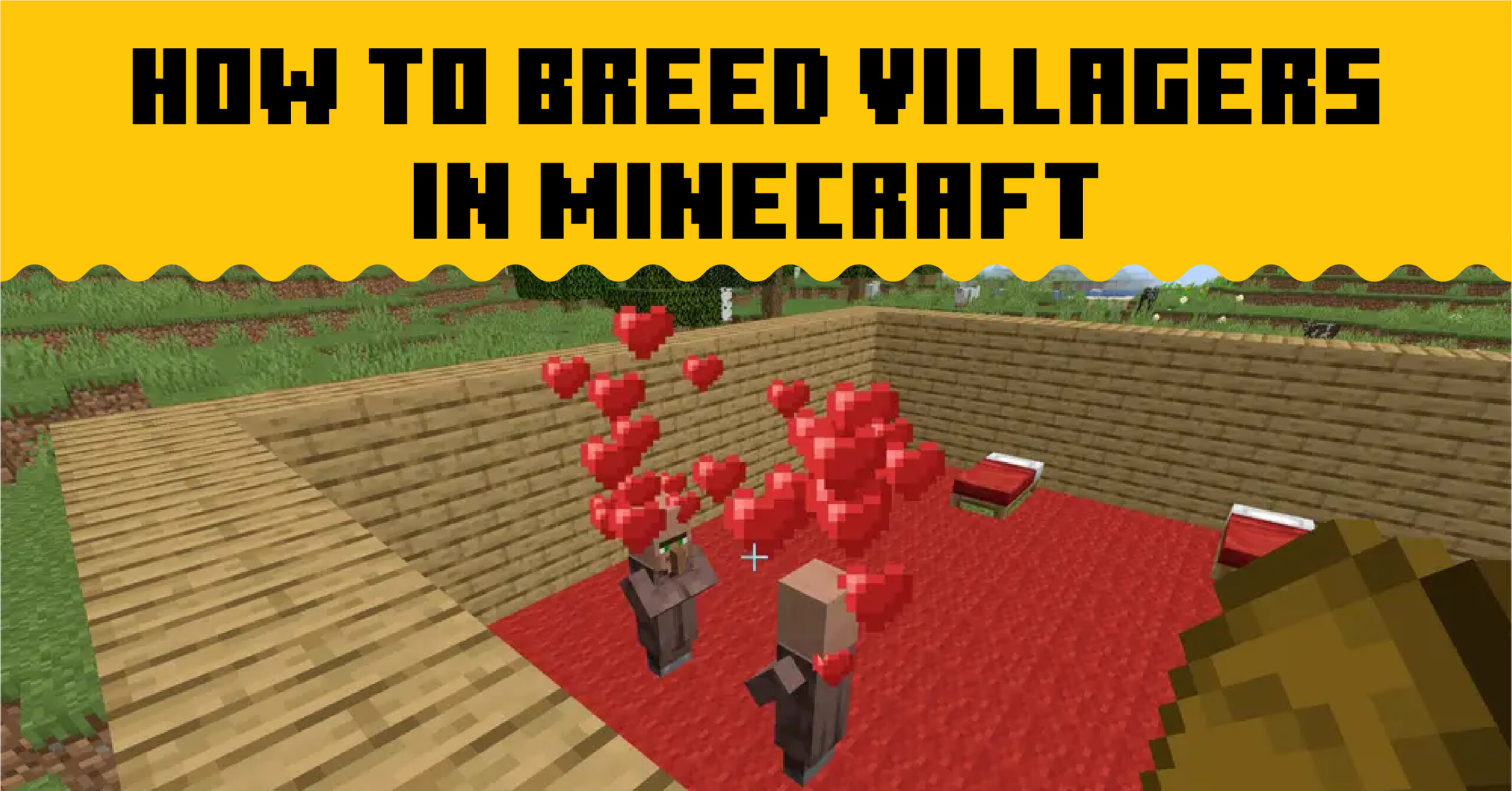Mating villagers in Minecraft is an essential aspect of the game that allows players to create new villagers and expand their settlements. Understanding how to effectively mate villagers can significantly enhance your gameplay experience, providing you with more trading options and resources. In this article, we will delve into the intricacies of villager mating, offering detailed insights and tips to help you master this crucial mechanic.
As one of the most engaging features of the game, villager mating requires knowledge of various game mechanics, including breeding conditions, food requirements, and the importance of beds. This comprehensive guide aims to provide you with all the information you need to successfully mate villagers in Minecraft, ensuring that you can create a thriving community in your world.
Whether you are a novice player or a seasoned veteran, our guide will cover everything from the basics of villager behavior to advanced breeding strategies. So, let’s dive into the fascinating world of Minecraft villagers and learn how to mate them effectively!
Table of Contents
- What Are Villagers?
- Villager Breeding Mechanics
- Conditions for Mating
- Food Requirements for Villagers
- The Importance of Beds and Houses
- Villager Jobs and Their Impact on Breeding
- Common Mistakes When Mating Villagers
- Advanced Breeding Strategies
What Are Villagers?
Villagers are passive non-player characters (NPCs) in Minecraft that inhabit villages. They play a crucial role in the game, offering various trades and services to players. Villagers come in different professions, each with unique trades, and they can be found in different biomes, primarily in plains, savannas, and deserts.
Villager Breeding Mechanics
The mechanics of villager breeding in Minecraft are relatively straightforward but require attention to specific details. To successfully mate villagers, the following conditions must be met:
- There must be at least two villagers willing to breed.
- Villagers need to be in a specific mood, which can be influenced by food and beds.
- There must be enough available beds for new villagers.
Conditions for Mating
For villagers to mate, they must be in a "willing" state. This state is achieved when the villagers have enough food and beds available. Here are the main conditions that need to be satisfied:
1. Villager Willingness
To check if a villager is willing to breed, look for the following signs:
- Hearts above their heads indicate they are willing to breed.
- If they are not willing, they will not produce hearts.
2. Sufficient Beds
Each pair of villagers requires at least one bed to mate. Ensure that you have enough beds available in your village to accommodate the new villagers.
Food Requirements for Villagers
Villagers need food to become willing to breed. You can throw food items at them, such as:
- Bread (3 loaves)
- Carrots (12)
- Potatoes (12)
- Beetroots (12)
Once they receive enough food, they will enter the willing state, allowing them to breed.
The Importance of Beds and Houses
In Minecraft, beds play a crucial role in villager breeding. Each villager needs a bed to sleep in and a house to call home. Here’s what you need to know:
- Ensure that each bed is accessible and not obstructed by any blocks.
- Villagers will not breed if there are not enough beds available for the new villagers.
- Build houses close to each other to create a welcoming environment for breeding.
Villager Jobs and Their Impact on Breeding
Villagers can take on various jobs, which can affect their willingness to breed. Each villager has a specific profession that influences their behavior:
- Farmers: They can gather food and share it, which can help in creating new villagers.
- Librarians, blacksmiths, and other professions do not directly impact breeding but can provide valuable trades.
It's important to note that if a villager is a Zombie Villager, they will need to be cured before they can participate in breeding.
Common Mistakes When Mating Villagers
Even experienced players can make mistakes when trying to mate villagers. Here are some common pitfalls to avoid:
- Not providing enough beds for the villagers.
- Failing to feed the villagers enough food.
- Building houses too far apart, discouraging breeding.
Advanced Breeding Strategies
Once you have mastered the basics of villager mating, consider these advanced strategies to optimize your breeding process:
- Use a villager breeder design to automate the process.
- Keep the breeding area well-lit to prevent hostile mobs from interfering.
- Utilize name tags to keep track of your villagers and their professions.
Conclusion
In summary, mating villagers in Minecraft is a rewarding aspect of the game that allows players to expand their communities and access valuable trades. By understanding the mechanics of villager breeding, ensuring proper conditions, and avoiding common mistakes, you can successfully create a thriving village.
We encourage you to share your experiences or ask questions in the comments section below. If you found this guide helpful, consider sharing it with other Minecraft enthusiasts or exploring more articles on our site for advanced strategies and tips!
Penutup
Thank you for reading our comprehensive guide on how to mate villagers in Minecraft! We hope this information enhances your gameplay experience and helps you create a successful village. Don’t hesitate to return for more tips, tricks, and guides on all things Minecraft. Happy crafting!
- Oleksandr Zinchenko
- Thay Ksada
- Kristy Mcnichol
- La Freeway Protest
- 1230857 Tyler Perry Net Worth Age Height House Wife Son
- 1470855 Zack Lugos Biography Age Height Net Worth Girlfriend Brother
- Tiffany Link Earrings
- 1534693 Piece Female Characters Deserve Attention
- Josh Allen Old Tweets


